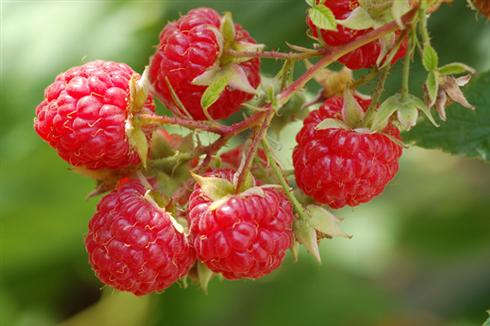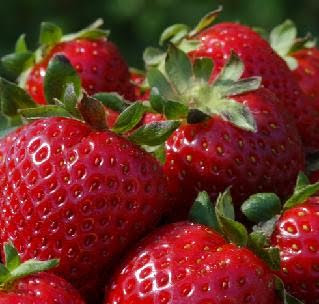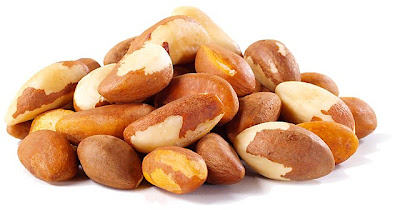Rubus Berry Plants
Hazelnut
Rubus Berry Plants
Hazelnut
A Hazelnut is the Nut of the hazel and is also known as a cob nut or filbert nut according to Species. A cob is roughly spherical to oval, about 15–25 mm long and 10–15 mm in diameter, with an outer fibrous husk surrounding a smooth shell. A filbert is more elongated, being about twice as long as it is round. The nut falls out of the husk when ripe, about 7–8 months after pollination. The kernel of the seed is edible and used raw or roasted, or ground into a paste. Hazelnuts are also used for livestock feed, as are chestnuts and acorns. The Seed has a thin, dark brown skin which is sometimes removed before cooking.
Hazelnuts are produced in commercial quantities in Turkey, Italy and in the American states of Oregon and Washington. Turkey is, by far, the largest producer of hazelnuts in the world.
Hazelnuts are extensively used in confectionery to make praline and also used in combination with chocolate for chocolate truffles and products such as Nutella. Hazelnut oil, pressed from hazelnuts, is strongly flavoured and used as a cooking oil.
Hazelnuts are rich in protein and unsaturated fat. Moreover, they contain significant amounts of thiamine and vitamin B6, as well as smaller amounts of other B vitamins. Additionally, 1 cup (237 ml) of hazelnut flour has 20 g of carbohydrates, 12 g of which are dietary fiber.
Hazelnuts are produced in commercial quantities in Turkey, Italy and in the American states of Oregon and Washington. Turkey is, by far, the largest producer of hazelnuts in the world.
Hazelnuts are extensively used in confectionery to make praline and also used in combination with chocolate for chocolate truffles and products such as Nutella. Hazelnut oil, pressed from hazelnuts, is strongly flavoured and used as a cooking oil.
Hazelnuts are rich in protein and unsaturated fat. Moreover, they contain significant amounts of thiamine and vitamin B6, as well as smaller amounts of other B vitamins. Additionally, 1 cup (237 ml) of hazelnut flour has 20 g of carbohydrates, 12 g of which are dietary fiber.
Related : Hazelnut From Wikipedia, the free encyclopedia, Rubus Berry Plants
















 11:04 PM
11:04 PM
 Goohara
Goohara

























